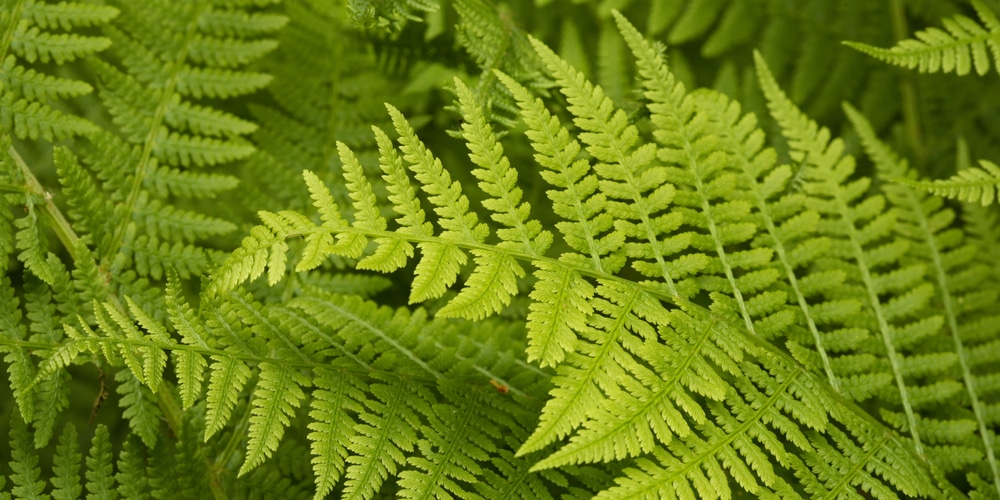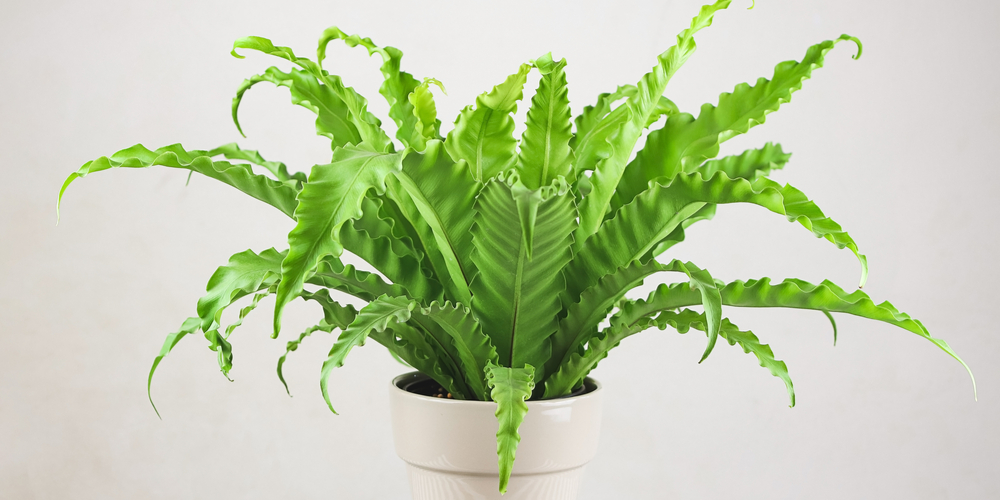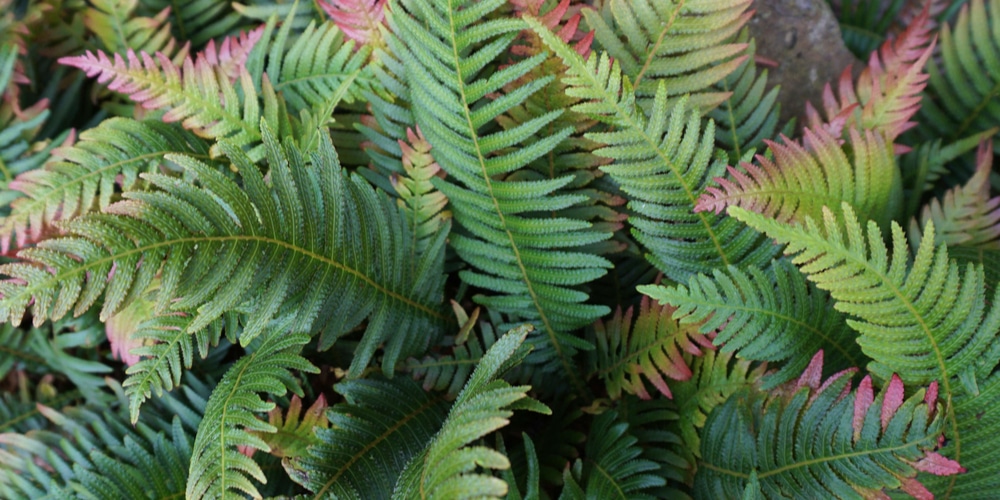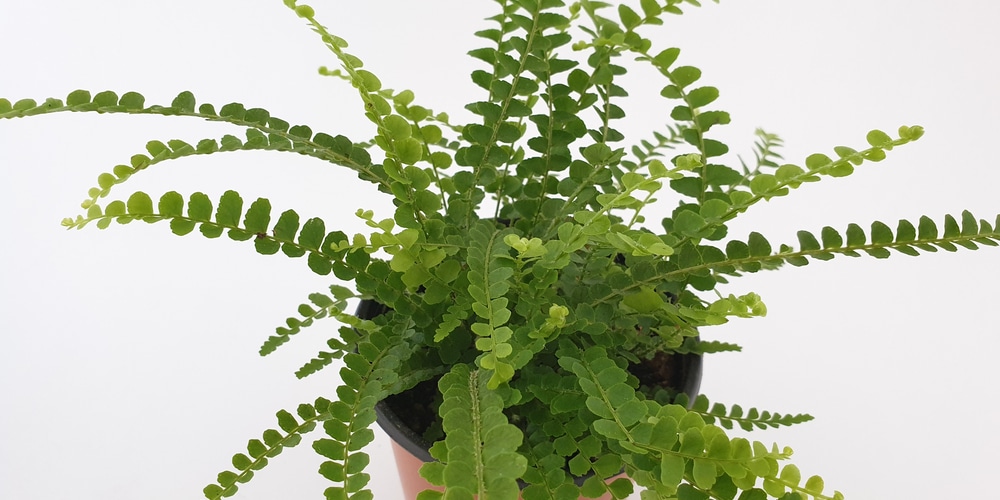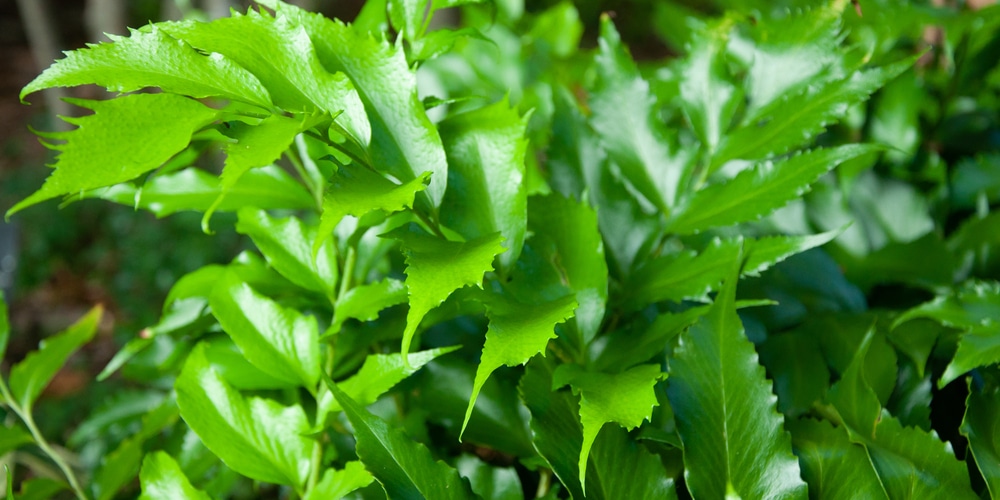Ferns exude a timeless appeal and are an essential component of both outdoor and indoor landscapes. If you still have a few spots left in your garden, consider these 7 ferns for zone 9.
Ferns for zone 9
Check out these ferns and consider adding some of them to your yard if you live in a warmer climate.
Sword Fern
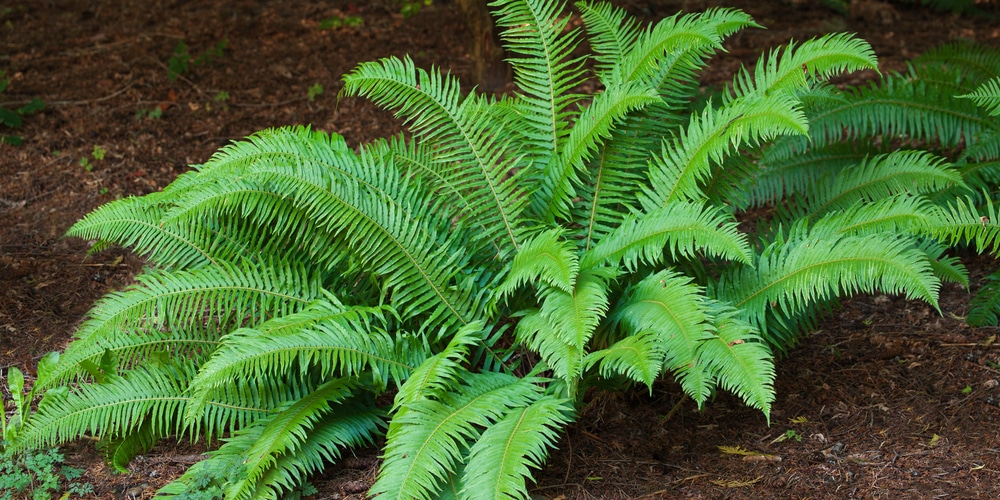
The humble sword fern is an easy and laid-back plant that thrives in any condition in USDA zone 9. However, they grow best if you put them in shaded locations and with moist soil.
This fern is characterized by shooting foliage with sword-shaped leaves. Over time, it will grow lush and reproduce quickly via rhizomes and spores. You can grow sword ferns in containers or as ground cover. They’re not too particular in terms of soil type as long as they get frequent watering.
Lady Fern
Lady ferns sport delicate and sprawling foliage that spread out instead of up. Like the sword fern, they’re relatively easy to grow as long as you set them up for success.
This fern variety loves dappled sun and constantly moist medium. Choose a loamy, well-draining soil with lots of compost. It’s worth noting that Lady Fern has several species, some of which can tolerate heat more than the others.
Take special care to water them well after planting in spring. After that, it can tolerate a dry spell or two. Lady Ferns do not require fertilizer and can thrive as long as conditions are right.
Bird’s Nest Fern
Bird’s Nest fern breaks the mold of what a fern typically looks like. Instead of airy, feather-like fronds you get shorter and thicker crinkly leaves that are reminiscent of a nest.
What separates this fern species from the rest is how it can thrive in lesser light. The foliage transforms depending on where you put it. In brighter light the leaves crinkle more, while in low-light conditions the fronds appear smoother.
This fern variety tolerates less watering and humidity as well, making it a good beginner’s plant to try.
Ghost Fern
Ghost fern is named as such because the leaves are tinged with white and take on an otherworldly appearance. It’s a vigorous grower and spreads slowly through shallow rhizomes.
This fern species does best in part shade and with constant watering. If you want to get great leaf colors you should put it under shelter and in a medium with lots of humus. Although rated in USDA zones 3 through 8 the plant can still survive frost by overwintering or putting up thick mulch before the cold season arrives.
Autumn Fern
Autumn fern appears similar to sword fern except that it has mini-fronds within its fronds. Plus, it takes on unusual foliage colors, with its leaves starting out as copper red and transforming into bright green by summer time.
This species is very cold hardy and you probably won’t need to bring it indoors. You’ll want to keep it away from harsh afternoon sun or you’ll see burnt leaves and a degree of damage. It loves medium bright light and infrequent watering- wait until the top few inches of soil are dry before you reach for the watering can or hose.
Button Fern
A smaller Boston fern variety, the button fern spreads quickly and only needs a bit of care before blossoming into a mature plant.
You’ll want to place it in indirect sunlight and supply it with plenty of water in a well-draining medium. Harsh winter conditions can be stressful for button ferns, so make sure to put up mulch or bring them indoors if in containers to ensure survivability.
Button ferns love humidity, and you can supplement this easily by filling a plant tray with pebbles and water, then putting the plant on top.
Holly Fern
Holly ferns sport holly-like leaves and can live in low-light conditions. Its color is darker than most but it does add depth and contrast when paired with other flowering plants.
This fern species can grow up to 2 feet tall and spreads about 3 feet. Gardeners often use them as ground cover or as a border plant, but they also do well in containers with adequate drainage.
Holly fern can withstand cold temperatures and is recommended in USDA zones 6 through 10. In mild climates they can be grown as evergreen plants.
Related Article: How to Prune Ferns?
